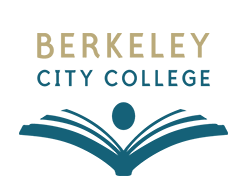Collaborative Learning Teams
This article discusses elements they thought lead to effective teacher teams. I found this through Alexis Alexander’s excellent EDT 6 course!
An excerpt is below:
NCTAF’s Six Principles of Success for Professional Learning Teams
Shared Values and Goals: The team should have a shared vision of the capabilities of students and teachers. They should also clearly identify a problem around which the learning team can come together, with an ultimate goal of improving student learning.
Collective Responsibility: Team members should have shared and appropriately differentiated responsibilities based on their experience and knowledge levels. There should be a mutual accountability for student achievement among all members of the learning team.
Authentic Assessment: Teachers in the community should hold themselves collectively accountable for improving student achievement, by using assessments that give them real time feedback on student learning and teaching effectiveness. These assessments are valued—not because they are linked to high stakes consequences—but because they are essential tools to improve learning.
Self-Directed Reflection: Teams should establish a feedback loop of goal-setting, planning, standards, and evaluation, driven by the needs of both teachers and students.
Stable Settings: The best teams cannot function within a dysfunctional school. Effective teams required dedicated time and space for their collaborative work to take place. This required the support, and occasionally, positive pressure from school leadership.
Strong Leadership Support: Successful teams are supported by their school leaders who build a climate of openness and trust in the school, empower teams to make decisions based on student needs, and apply appropriate pressure perform.

 Canvas
Canvas
 Donate
Donate
 Let's Talk!
Let's Talk!
